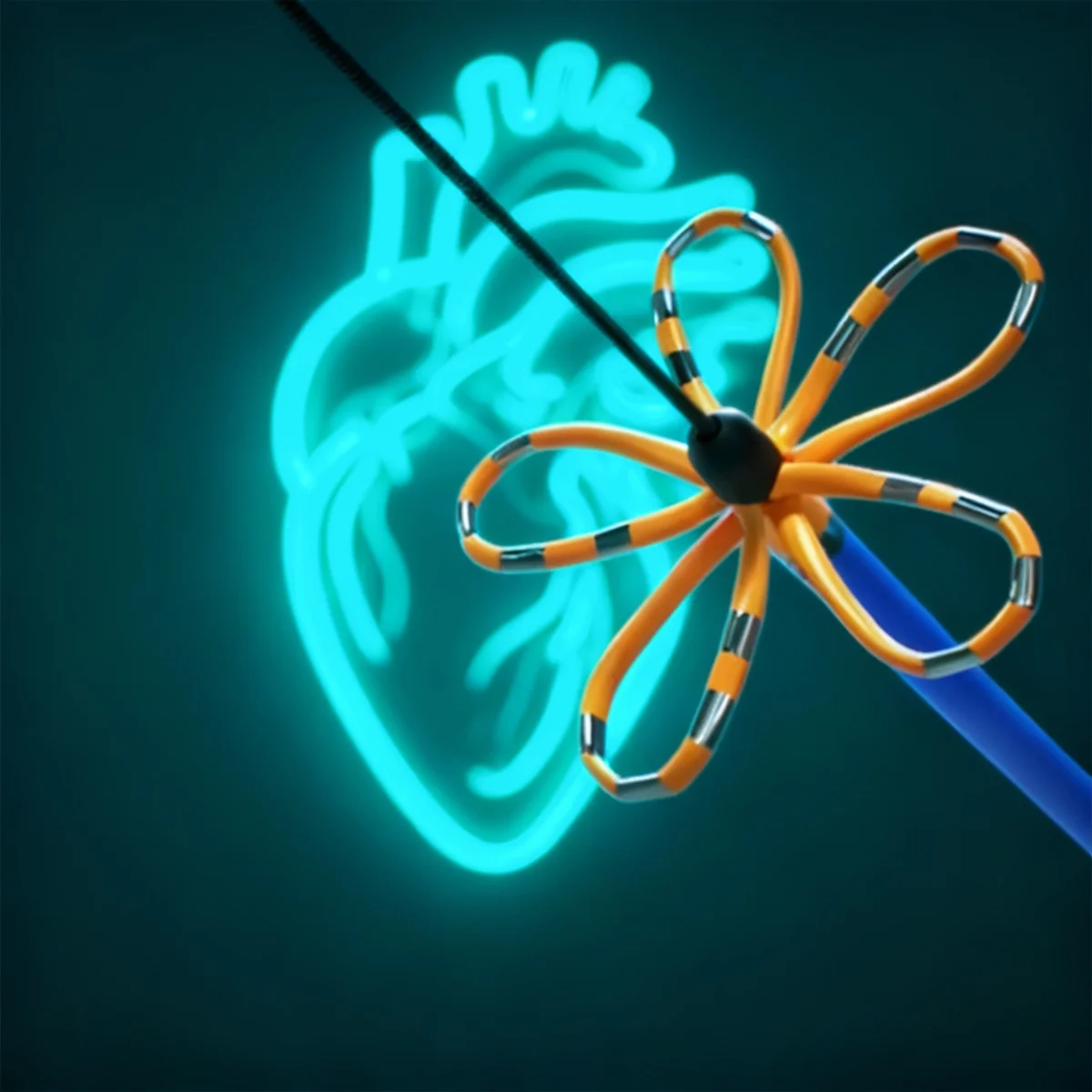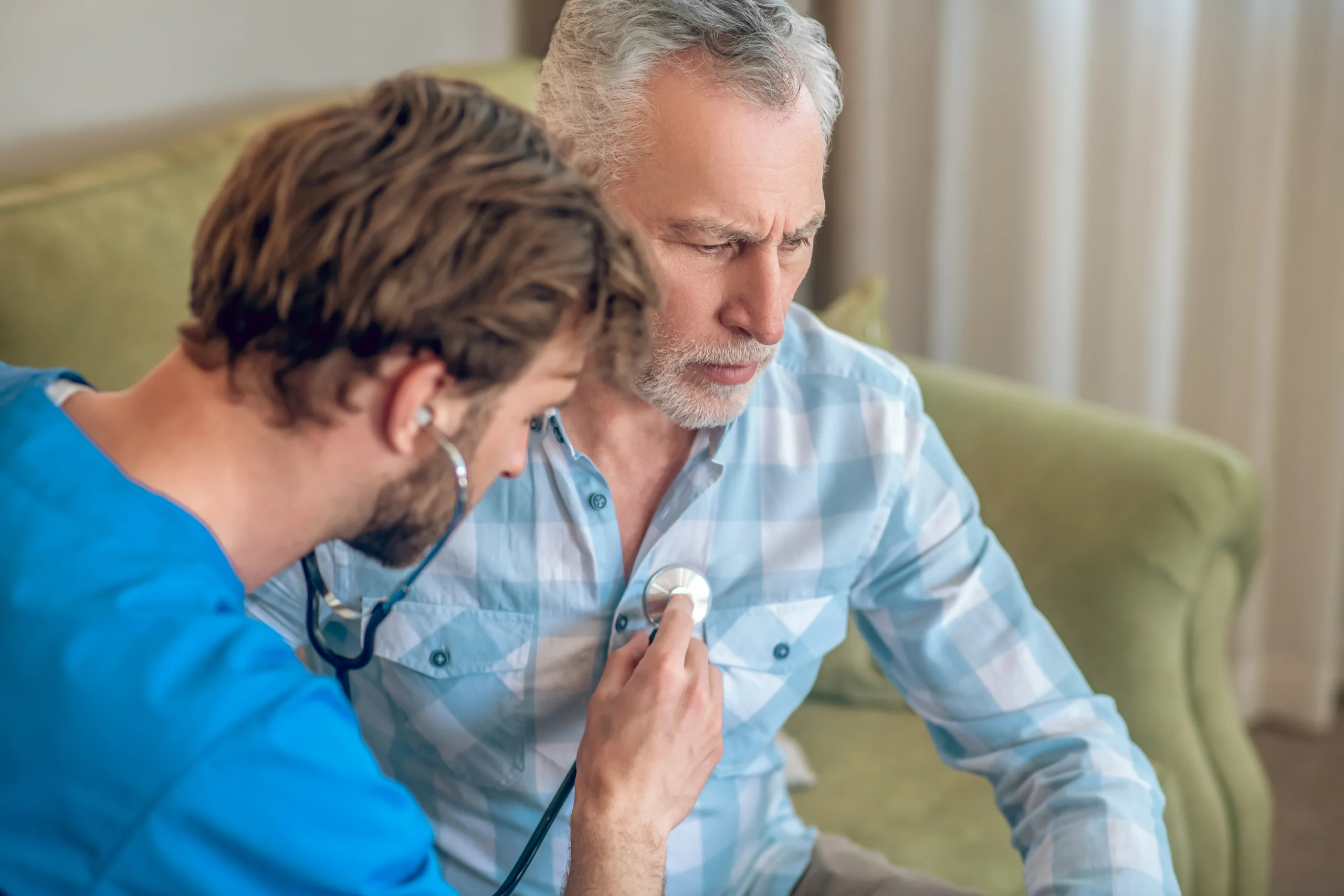Having a pacemaker? You’ll need an identification card. But what exactly is it?
Are you having a pacemaker fitted? If so, you’ve probably started to wonder how everything will work once you leave the hospital. For instance:
- What happens immediately after the operation?
- How do I look after the device when I get back home?
- How will I know when the batteries run out?
Heart devices, defibrillators and implantable cardiac monitors (ICDs) prompt a lot of important questions. Indeed we try to address many of them in the Procedures section of our website.
One thing patients don’t always realise, however, is that every device comes with a Pacemaker Identification Card. This is an important document that you should carry with you at all times. But what exactly does it do? Here’s a brief guide to the basics…
What is a pacemaker identification card?
A pacemaker ID – also known as a pacemaker registration card – is a wallet-sized card that contains key details about your new heart device. Alongside your name and personal info, it will list the make and model of your pacemaker. It may also include details of the leads (electrical wires) attached to your device, and even when and where it was fitted.
Why would I need one?
Doctors need to know about your new device for a few different reasons:
- Routine appointments – so any medical practitioner you see, from a new GP to your dentist, is aware of your heart condition and has the correct detail about your device to hand
- Emergency situations – in case you need urgent medical care but aren’t able to speak for yourself
- Operations and treatments – because some heart implants can’t be used with certain types of medical equipment, such as TENS machines and MRI scanners*
Will I need an ID card to travel?
In a word: yes. One practical reason is that heart devices can trigger the alarms in security systems, such as the arch scanners you walk through at airport check-ins. It’s best to tell the staff about your device before you go through security and, if necessary, show them your ID card too. If they’re using a handheld metal detector, it shouldn’t be placed directly over your device, because the magnets could potentially cause interference.
When should I carry the card?
In essence, you should always have it with you. Not just for routine appointments at your surgery or hospital, but when you’re out and about too. You may like to keep a copy on your phone for peace of mind – a photo that sits in your phone’s photo album or password keeper, for instance.
What about ID bracelets and jewellery?
Some patients prefer to carry their device details on something they wear, rather than something they might forget to take with them. This could be a bracelet, sports band, necklace, helmet tag and so on. The advantage is that it can carry a host of other useful details too, from emergency contacts to your medical history, conditions and medication. One of the best-known providers, MedicAlert, has been offering wearable ID in Ireland since the 1960s. Although they aren’t the only producers of wearable IDs, it’s worth visiting their website to get a sense of the available options.
* You can find out more about MRI-compatible devices in this helpful document from the Heart Rhythm Alliance: MRI and your pacemaker (PDF)
Interested in reading more about pacemaker ID cards? Try these resources…
Returning to normal after the procedure – an article from the HSE
5 key ways to look after your new pacemaker – blog article
Driving in Ireland when you have a pacemaker – blog article






